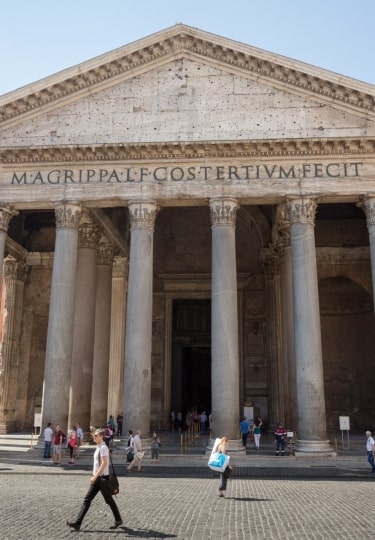Rome is a cultural and historical treasure trove, a combination of museums filled with mesmerizing artifacts and landmarks from centuries past, plus a large sampling of cool, contemporary art spaces, more typical of the modern era.
From the famous Vatican Museums, home to the Sistine Chapel, to the chilling Capuchin Crypt and the sculpture-laden Archaeological Museum of Ostia Antica, you will never lack for inspiring art collections to view during your stay in, and near, Italy’s capital city.
Enrich and expand your artistic life by visiting the collections of some of Rome’s most prominent museums, which showcase the breadth of Italy’s long and storied artistic past.
Vatican Museums
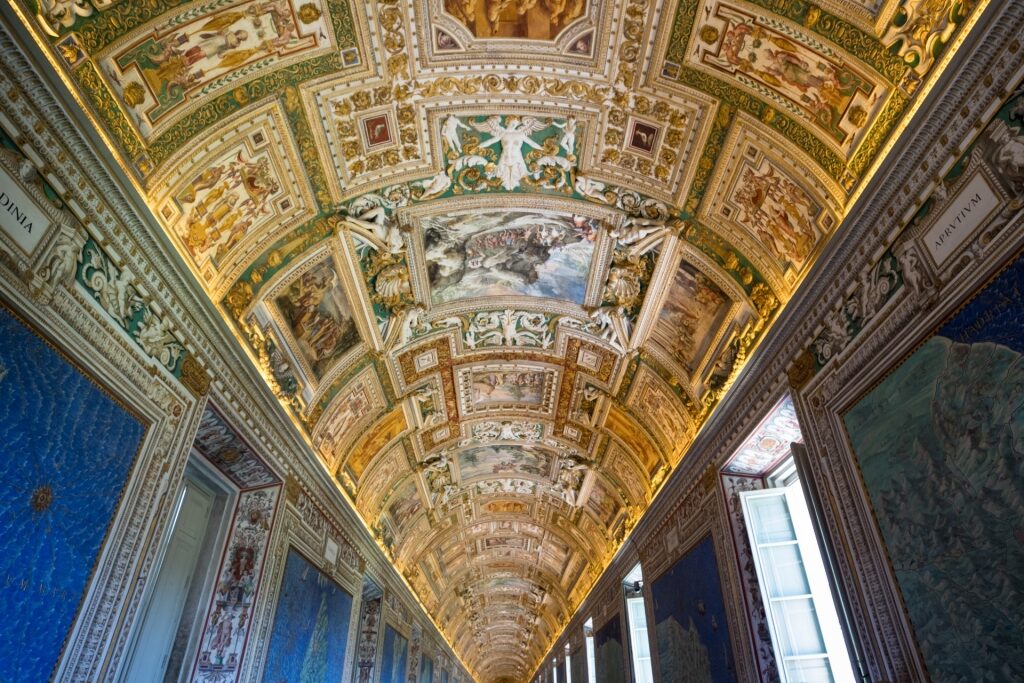
Gallery of Maps by Ignazio Danti, Vatican Museums
The Vatican Museums are among the most celebrated museums in Europe—and the world. When you enter these hallowed spaces, which attract millions of visitors per year, you will be treated to an enormous collection of art and religious artifacts, many related to the Catholic Church, and reaching back centuries.
Some of the eminent artworks you’ll take in include the awe-inspiring Sistine Chapel, with its glorious ceiling, painstakingly painted by Michelangelo, the four Raphael Rooms, with their amazingly detailed frescoes, plus Ignazio Danti’s Gallery of Maps, running down a long Vatican corridor.
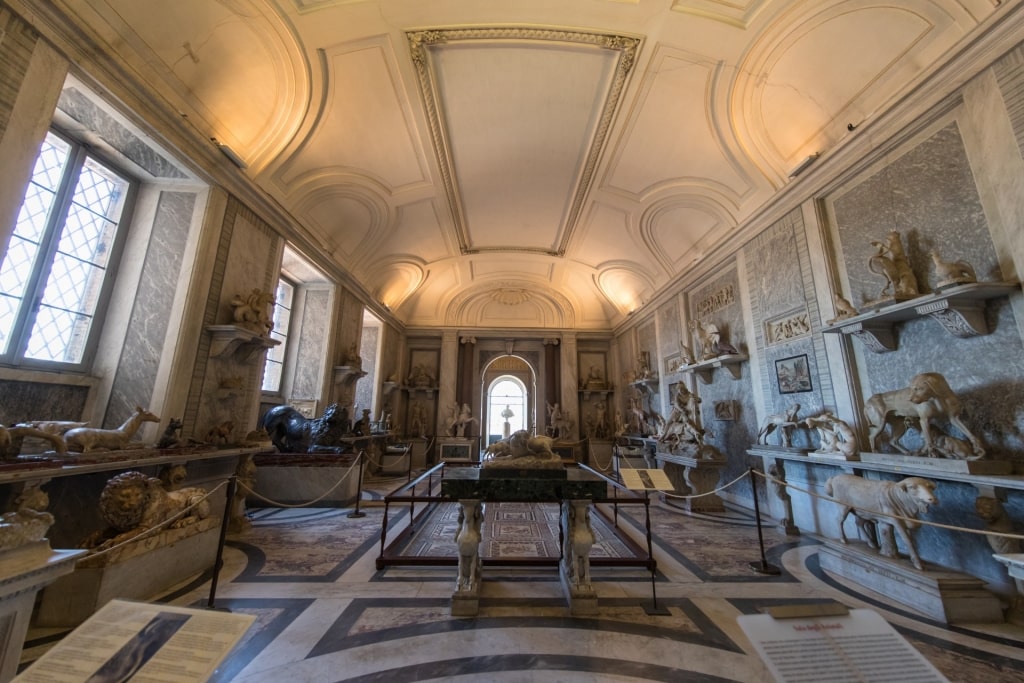
Vatican Museums
The museum, dating back to the early 1500s, spans multiple buildings, and houses over 70,000 works of art, with around 20,000 currently exhibited. These incredible rooms also house an extensive collection of ancient sculptures, mosaics, and tapestries.
If you have at least three days in Rome, make sure you budget time for a tour of the Vatican Museums, an inspiring experience that you’ll likely never forget.
Museo Nazionale Romano: Baths of Diocletian (Terme Diocleziano)
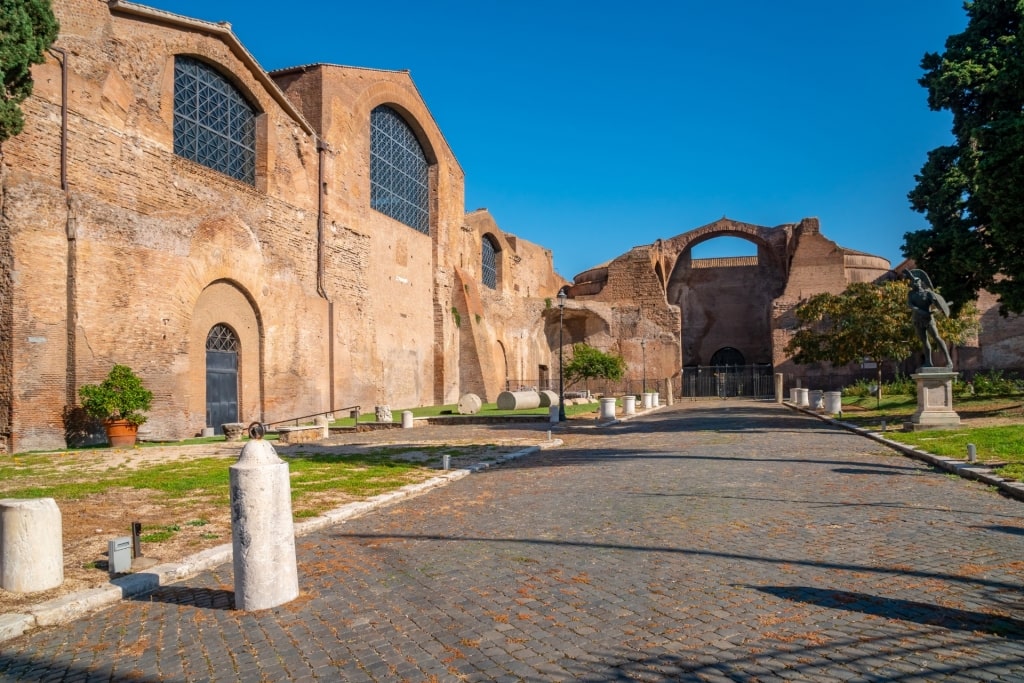
Baths of Diocletian (Terme Diocleziano)
The Baths of Diocletian, which many travelers regard as one of the best museums in Rome, were once a colossal public bathhouse, built between the years 298 and 306 AD, with a capacity for around 3,000 bathers.
The imperial bathhouses were constructed during the rule of Emperor Diocletian, and during their heyday, featured a caldarium (hot room), tepidarium, and frigidarium (cold room), with swimming pools, saunas, and gymnasiums.
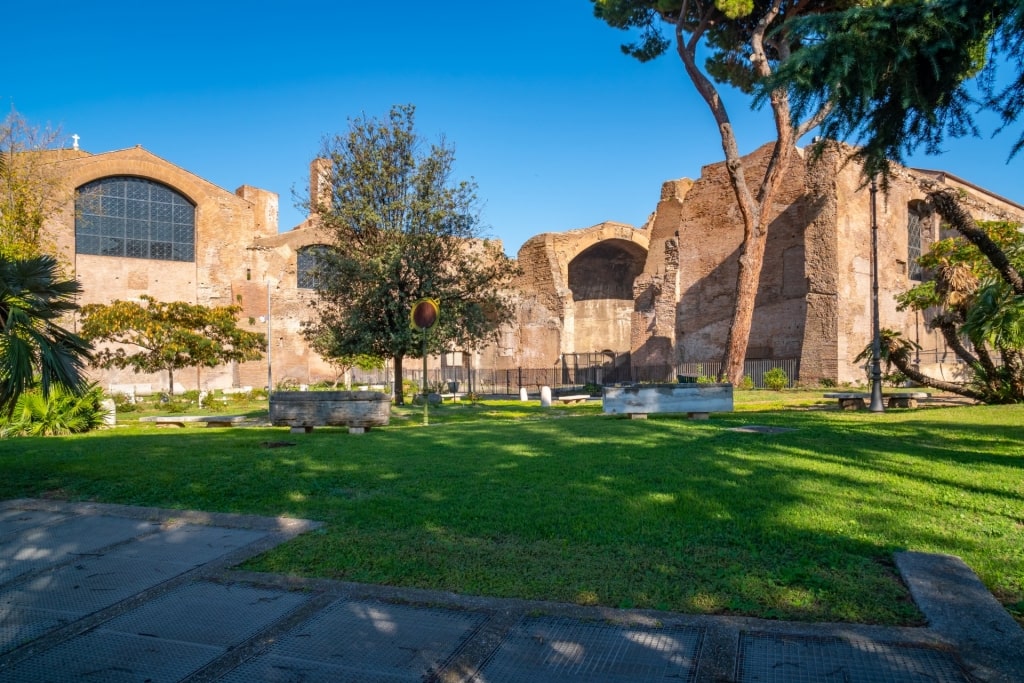
Baths of Diocletian (Terme Diocleziano)
The Baths of Diocletian ultimately fell into ruin as the years passed on. Part of the complex was demolished to make way for the 16th-century Basilica of Santa Maria degli Angeli e dei Martiri, built inside the former frigidarium.
Over time, many of the structures were restored, centuries after first being constructed. The baths were eventually converted into a branch of the National Museum of Rome, which swung its doors open to the public in 1889.
Museo Nazionale Romano: Crypta Balbi & Palazzo Altemps
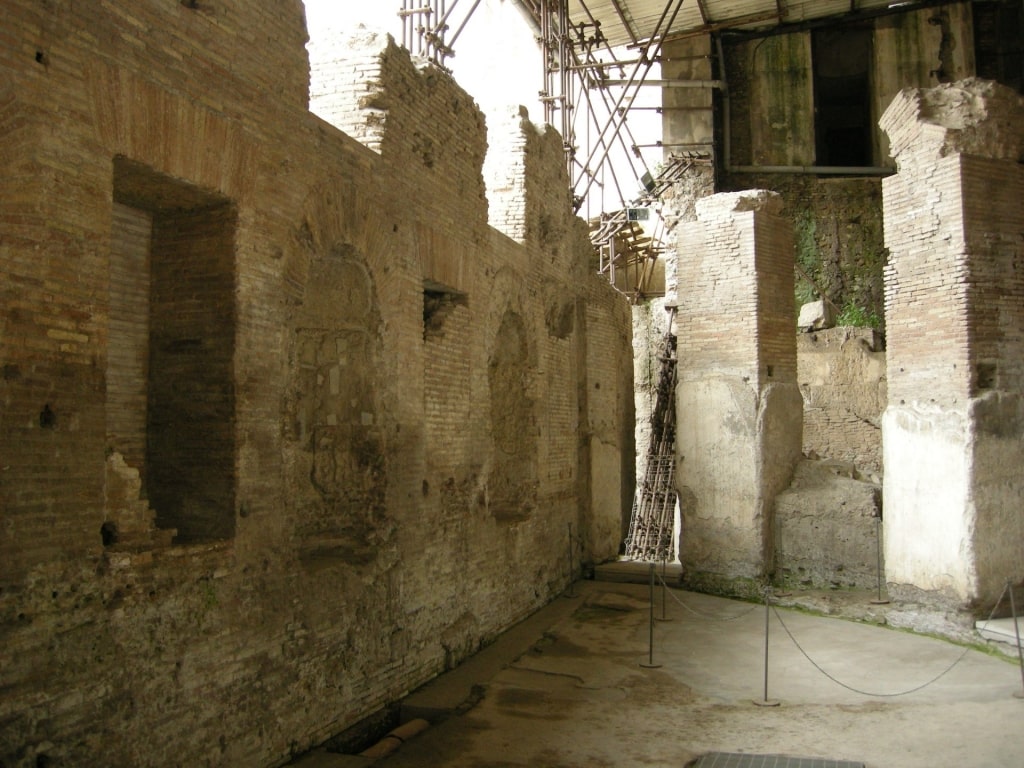
Crypta Balbi Photo by sailko on Wikimedia Commons, licensed under CC BY-SA 3.0
The National Museum of Rome, which is actually housed in several different buildings spread around the city, is where you can immerse yourself in ancient Roman frescoes and relics, along with collections from different historical eras.
One of the academy’s main locations is situated inside the Baths of Diocletian, home to the rebuilt cold-water frigidarium baths, and the “Michelangelo Cloister,” or great cloister.
Another worthwhile, yet often-overlooked National Museum branch is the Crypta Balbi, an archeological site and former portico that will provide you with some valuable insight into Rome’s urban development over the years.
Inside the Crypta Balbi, you can peruse exhibits emphasizing the ancient archaeological excavations originating from this ancient portico. The site, once linked to the Theater of Balbus, will also teach you about life in the city during Rome’s medieval period.
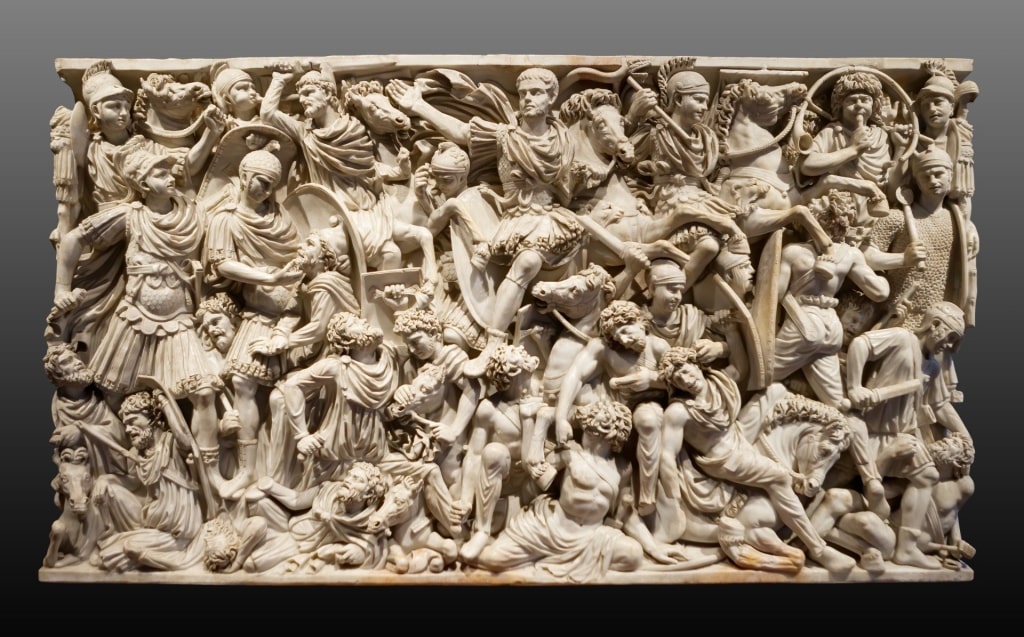
Palazzo Altemps
The noble-looking, 15th-century Palazzo Altemps manor is another subdivision of the Museo Nazionale Romano. This Renaissance palace, near the picturesque Piazza Navona and the Pantheon, contains an extensive art collection.
You can view ancient Greek and Roman sculptures here plus Egyptian works, along with art pieces from private collections, made out of clay, marble, and stone, including pottery, reliefs, and statues.
Museo Nazionale Romano: Palazzo Massimo alle Terme
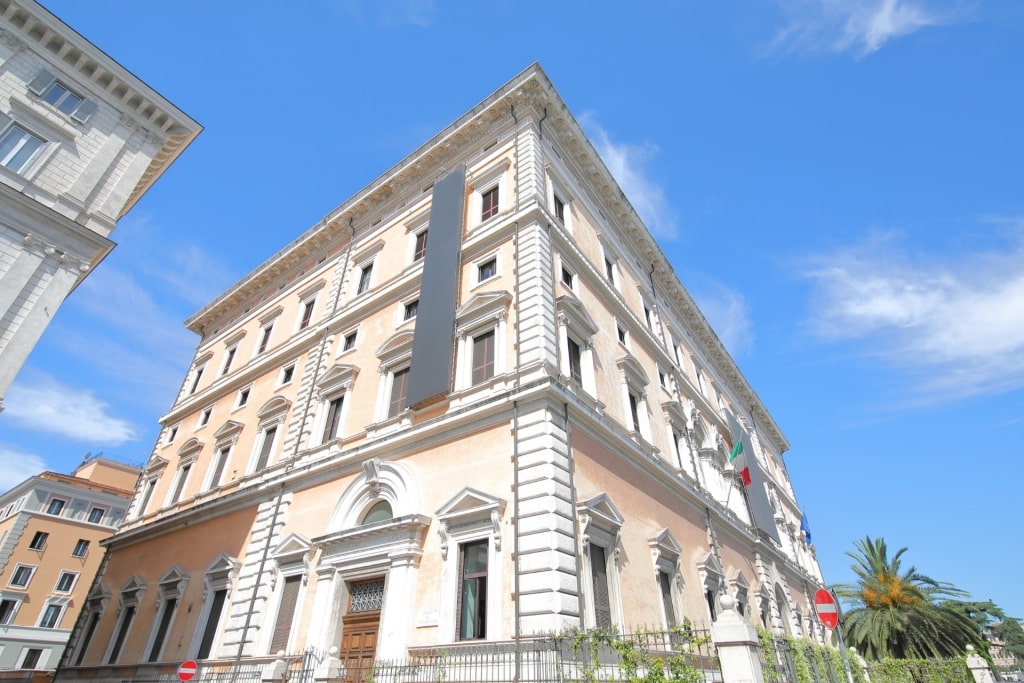
Palazzo Massimo alle Terme
Another important branch of the Museo Nazionale Romano, and perhaps one of the best museums in Rome, is the 19th-century Palazzo Massimo villa, situated just south of the Terme Diocleziano.
The Palazzo Massimo features a large collection of Roman coins and jewelry in the basement. You’ll also discover an extensive collection of Greek and Roman sculptures on another floor.
The museum’s real claim to fame, though, is its superb assortment of multi-hued Roman frescoes, widely considered to be one of the most exceptional collections of its kind.
Capitoline Museums
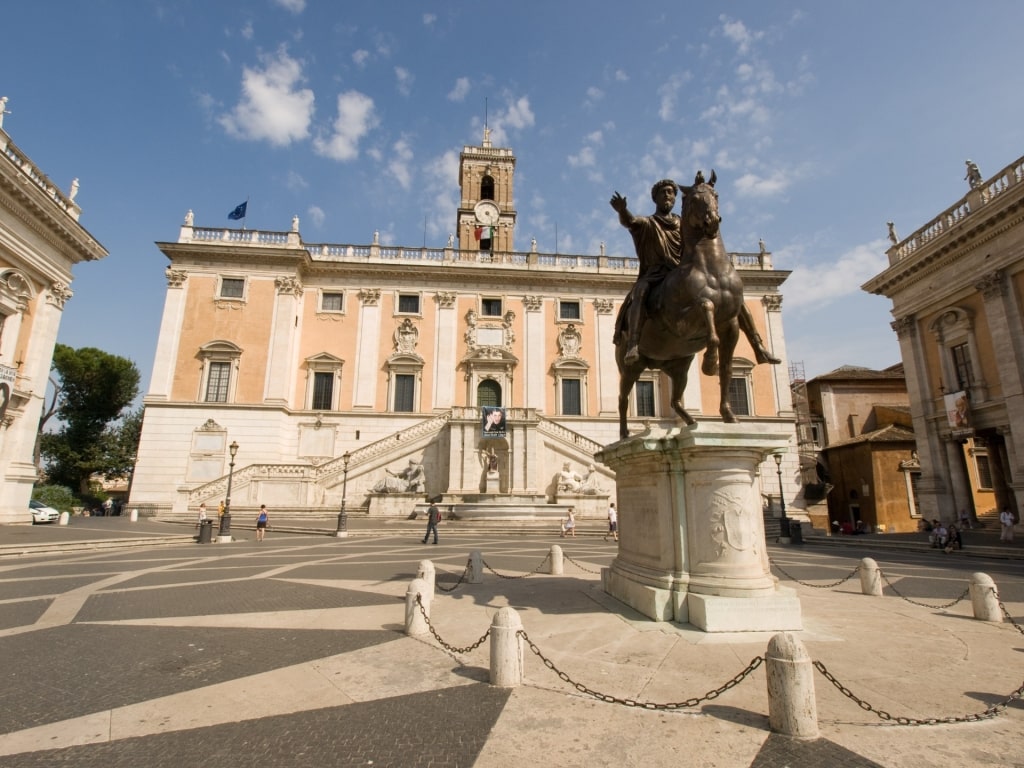
Capitoline Museums
Located in the beautiful Piazza del Campidoglio, atop Capitoline Hill, the Capitoline Museum complex is one of the oldest public museums on earth.
The museum plays host to an immense collection of ancient Roman art and artifacts, including famous pieces like the iconic Capitoline Wolf (Lupa Capitolina), a bronze she-wolf suckling Romulus and Remus, the mythological founders of Rome, and the Dying Galatian.
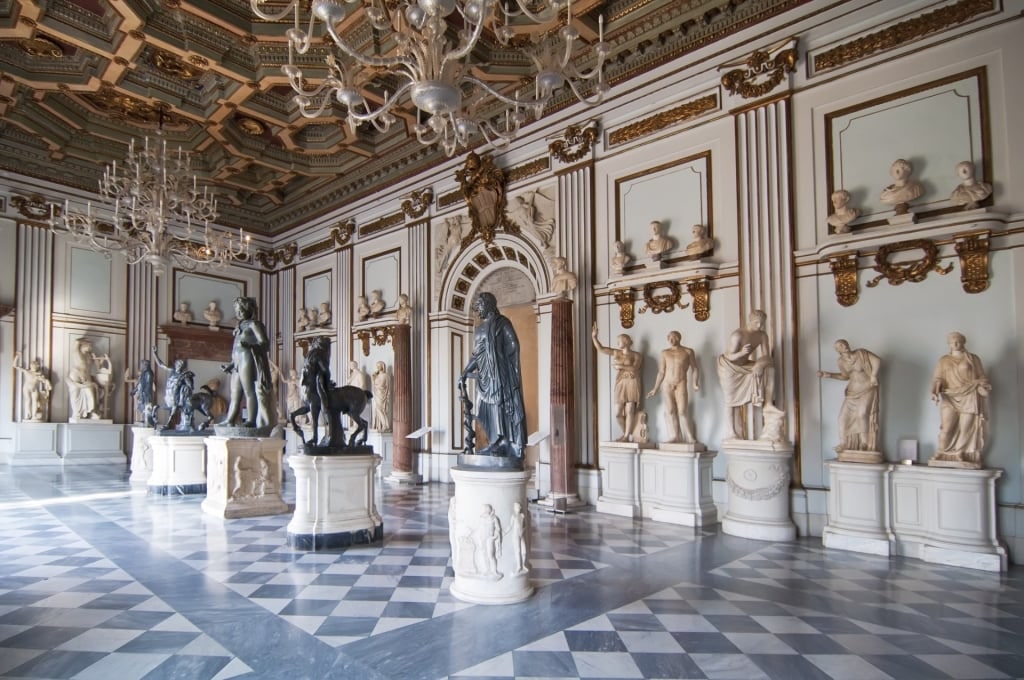
Capitoline Museums
You’ll also come across masterpieces of Renaissance and Baroque art here, like the Bust of Medusa, by Gian Lorenzo Bernini. A walking tour through the Capitoline Museums will present you with a unique opportunity to view some of the most iconic artistic treasures in all of Italy.
Doria Pamphilj Gallery
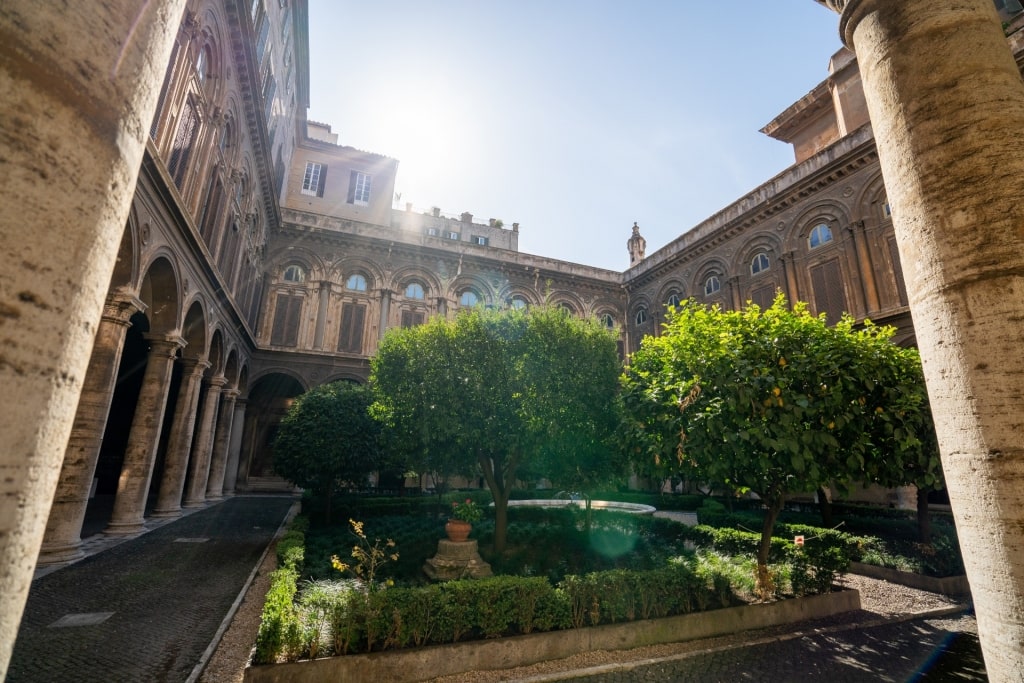
Doria Pamphilj Gallery
One of the best museums in Rome, which is actually rather low key in nature and not on every itinerary, is the Doria Pamphilj Gallery, a privately-owned museum that’s home to one of Rome’s most prominent private art collections.
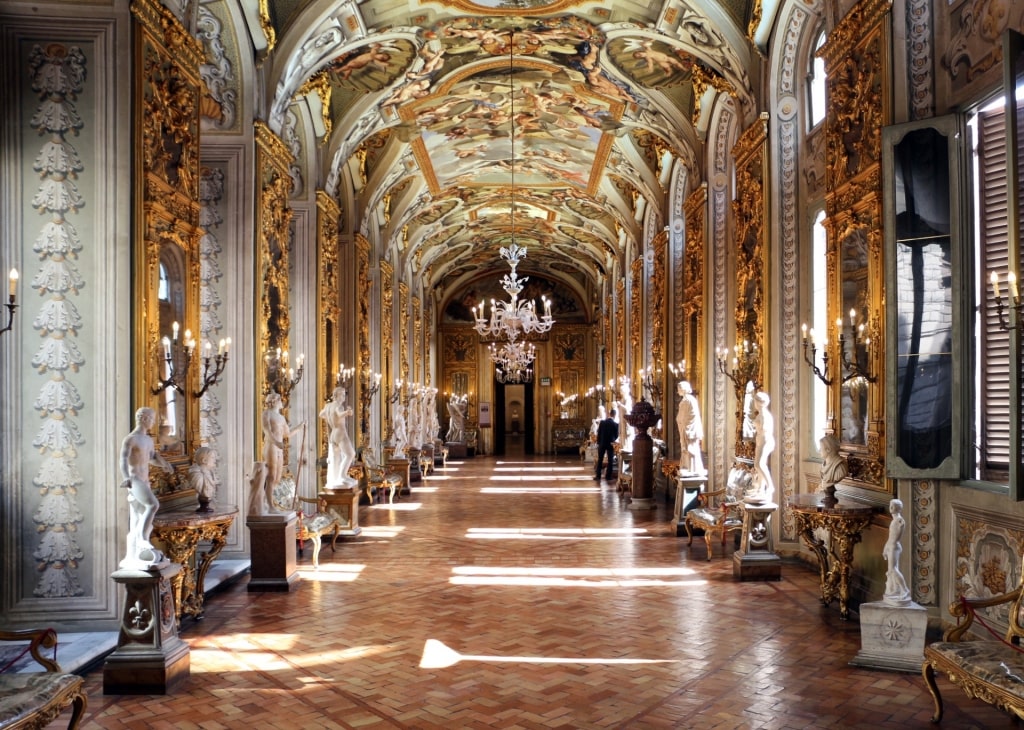
Doria Pamphilj Gallery Photo by Sailko on Wikimedia Commons, licensed under CC BY 3.0
The museum, and the palace of the same name, date back to the 17th century. The space, now open to the public, showcases luxurious décor and furnishings, along with arresting works of art by celebrated masters like Raphael, Titian, and Caravaggio.
Pope Innocent X (Giovanni Battista Pamphilj) began amassing this magnificent collection back in 1644.
Some of the paintings that you will be able to see here include Caravaggio’s Rest on the Flight into Egypt, the Renaissance Portrait of Andrea Navagero, by Raphael, the 16th century Salome with the Head of John the Baptist, by Titian, and many other brilliant examples of paint on canvas.
Maxxi
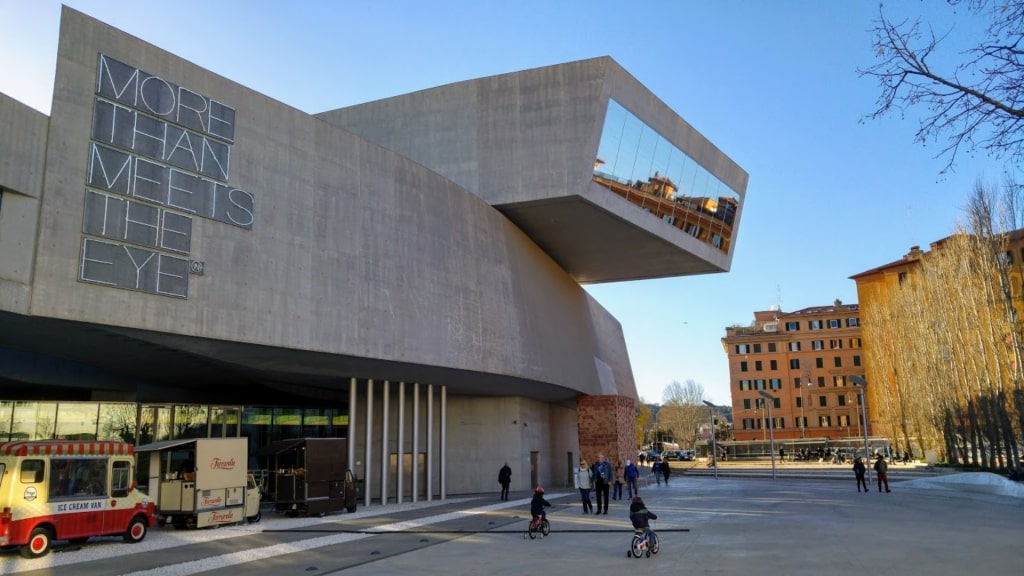
Maxxi, Rome Photo by Camelia.boban on Wikimedia Commons, licensed under CC BY-SA 4.0
If you want to see some modern art while visiting Rome, stop by Maxxi, which stands for the National Museum of 21st Century Arts, to get your fill of creative artistic endeavors.
Designed by the prominent Iraqi architect Zaha Hadid, the museum, with its eye-catching modern architectural silhouette, is home to an impressive collection of contemporary pieces that make it one of the best art museums in Italy.
Inside Maxxi, which opened in 2010, you’ll encounter works by some of the most influential artists of the 21st century.
The museum houses a permanent collection, as well as temporary rotating exhibitions, which typically feature different types of media, including painting, photography, sculpture, and video installations.
Museo e Galleria Borghese
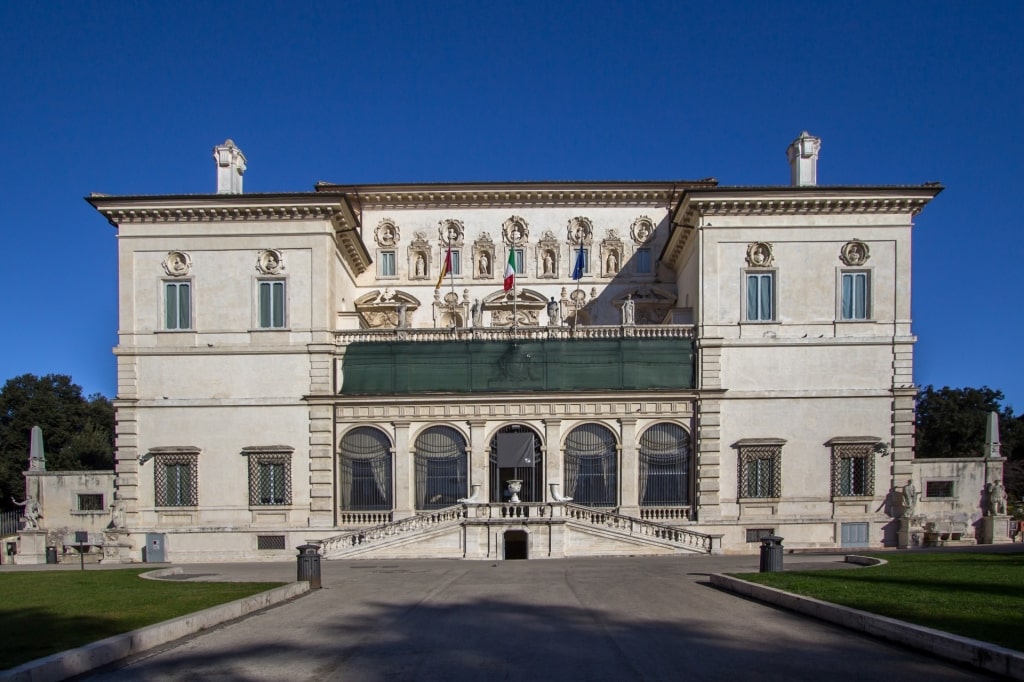
Museo e Galleria Borghese
Rome’s Borghese Gallery, while on the smaller side, is packed with some of the most incredible sculptures you’ll ever see.
This gallery contains a sizable collection of marble sculptures by Gian Lorenzo Bernini, including his famed Apollo and Daphne. It’s situated inside one of the most romantic places in Italy, the Villa Borghese Gardens, which once belonged to the Borghese family.
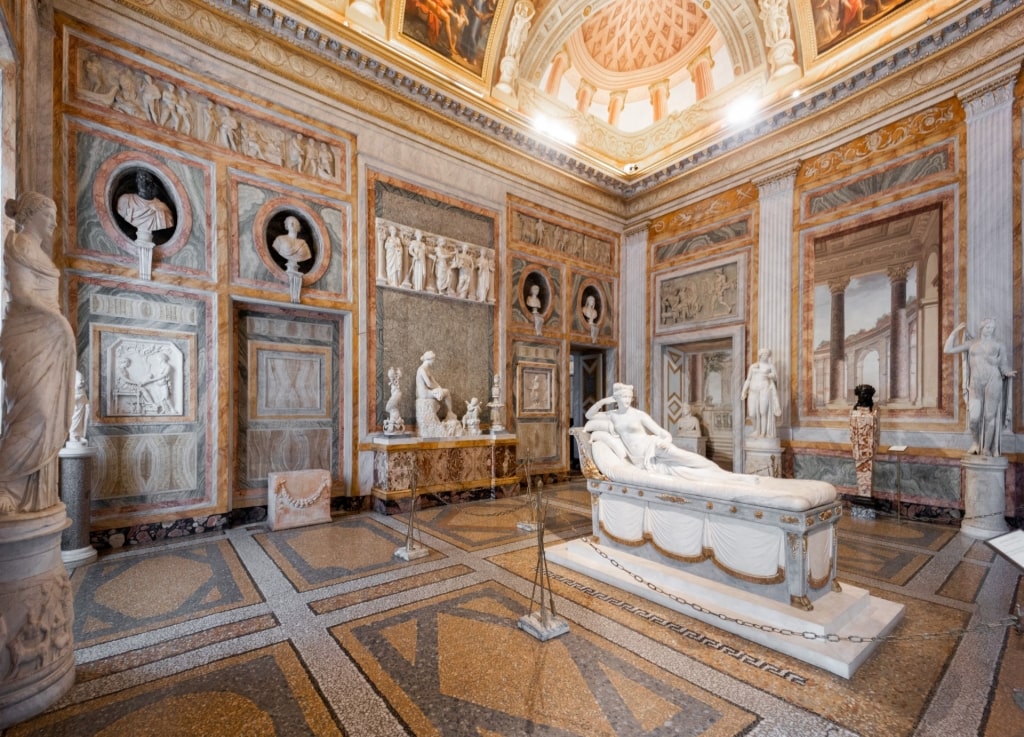
Museo e Galleria Borghese Photo by Fabrizio Garrisi on Wikimedia Commons, licensed under CC BY-SA 4.0
Once inside the Museo e Galleria Borghese, you can marvel at masterpieces by distinguished artists like Bernini, Caravaggio, and Titian. If you’re a true art aficionado, the Borghese family’s art collection should be an essential stop on your whirlwind tour through Rome.
On a historical side note, the gallery’s origin story is almost as remarkable as its art. The collections here were brought together through acquisitions, confiscations, and even theft by Cardinal Scipione Caffarelli Borghese, nephew of Camillo Borghese, better known as Pope Paul V.
Read: Exquisite Gardens in Italy to Explore
Capuchin Crypts
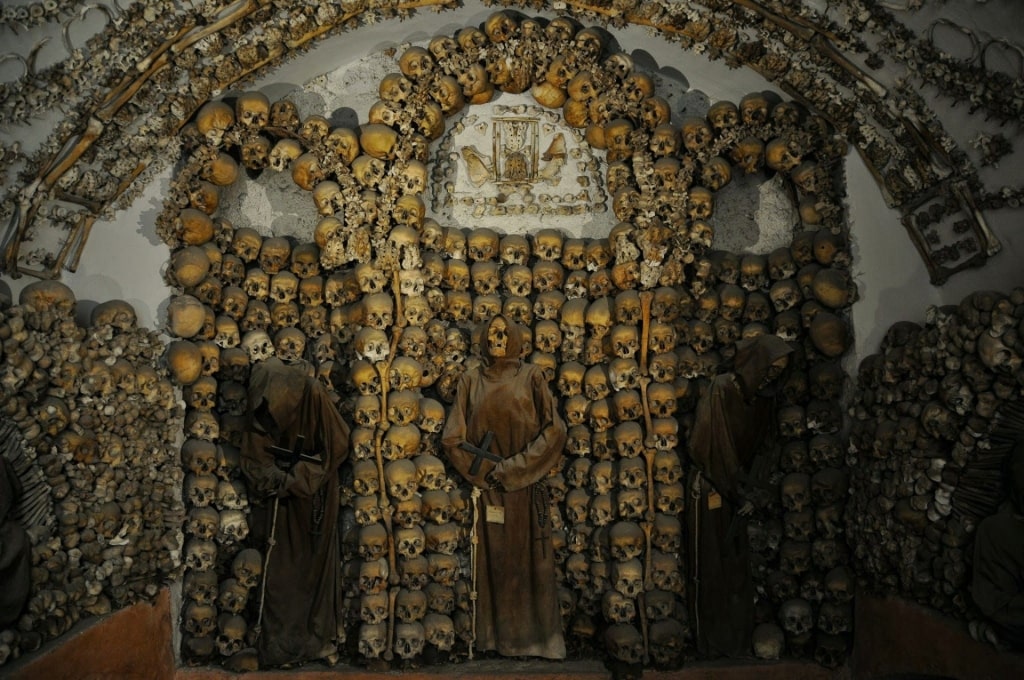
Capuchin Crypts Photo by -JvL- on Flickr, licensed under CC BY 2.0
If you’re on the prowl for an eerie gallery space, the Capuchin Crypts, resting beneath the 17th-century Church of Santa Maria della Concezione dei Cappuccini, is one of the best museums in Rome.
The Capuchin Crypts consist of five small chapels, which are the final resting places for the skeletal remains of over 3,700 Capuchin friars. Many of the bones have been arranged into complex designs and shapes.
The “creepy” history of the La Cripta dei Frati Cappuccini dates back to the 17th century when the bones were first exhumed, then displayed as a reminder of the impermanence of life.
Pay attention to the decorative bone chandeliers inside, plus additional orate items carefully assembled out of human femurs, ribs, skulls, and other bones left behind by monks who have long since shuffled off their mortal coils.
The Pantheon
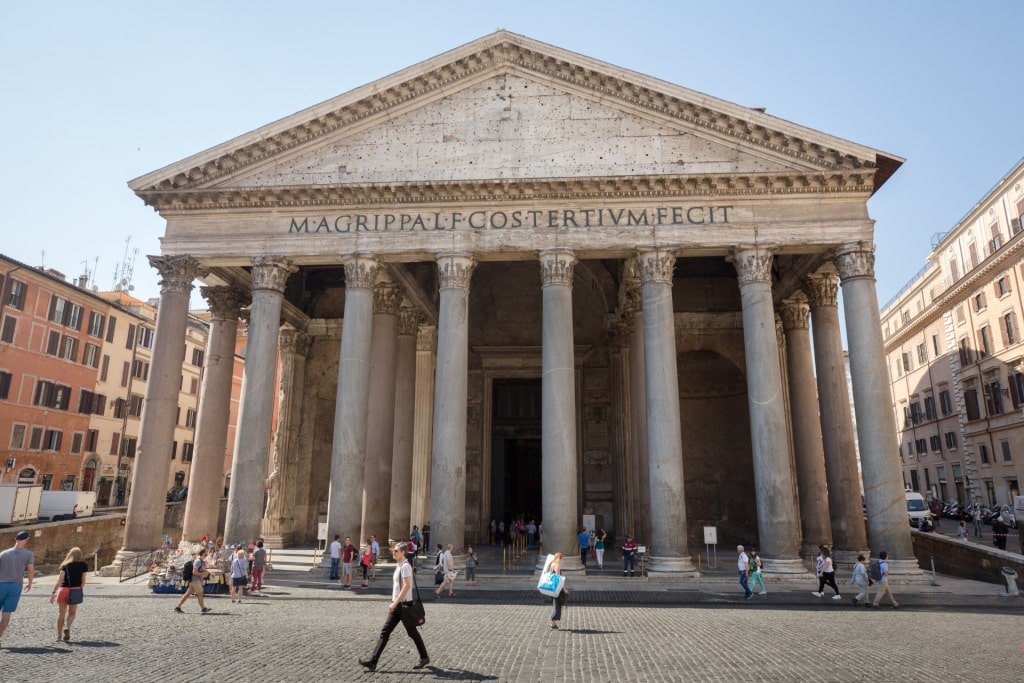
The Pantheon
The Pantheon is a wonder of ancient engineering and architecture. After setting foot inside this Roman landmark, you’ll quickly understand why this building’s design is considered so remarkable.
Originally built as a temple to the Roman gods, the Pantheon now serves as a Catholic church and a symbol of Rome’s former glory.
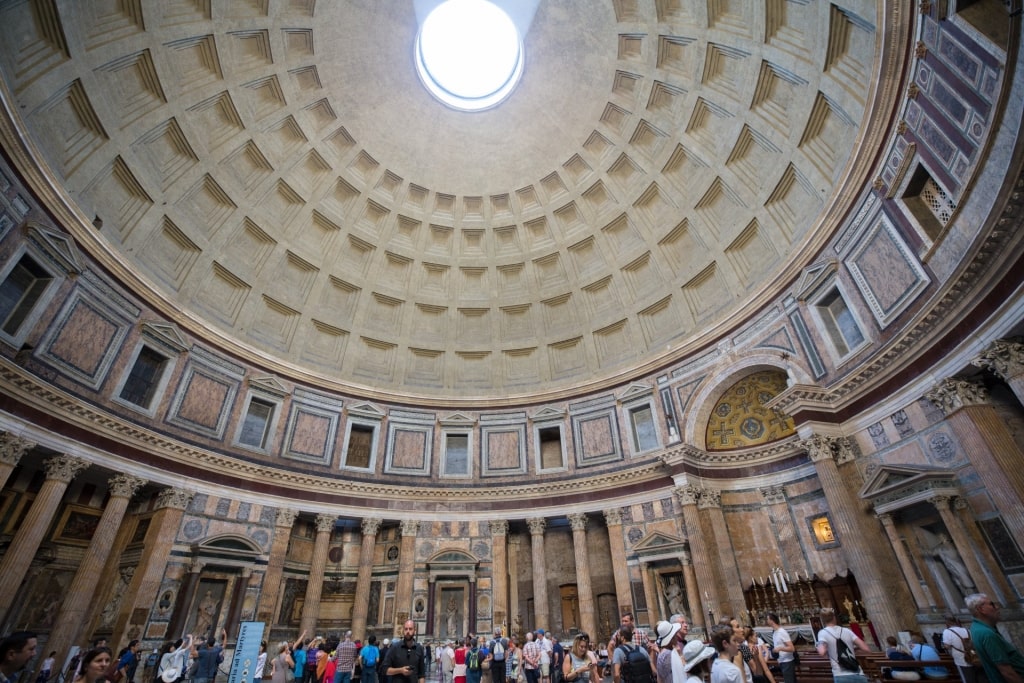
The Pantheon
Once you’re under the roof, you can admire the Pantheon’s enormous concrete dome, which is the largest unsupported dome on earth. Make sure you look up and catch a glimpse of the open-to-the-elements oculus aperture—which lets in natural light and rain—in the center of the dome.
The structure, a testament to the ingenuity and craftsmanship of the ancient world, is also home to some exquisite art and sculptures that Italy is known for, including the tomb of the great Renaissance artist Raphael, who requested to be interred inside the Pantheon upon his death.
Castel D’Angelo Museum
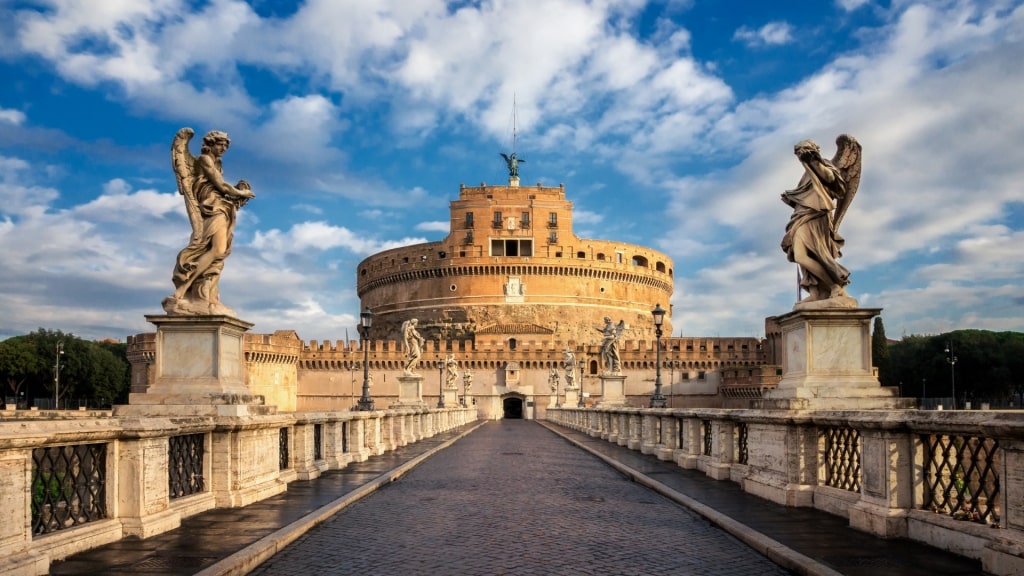
Castel D’Angelo Museum
As you become better acquainted with the City of Seven Hills, the National Museum of Sant’Angelo Castle, or the Castel D’Angelo Museum, ought to rank high on your list of places to spend some of your valuable time.
The Italian castle, situated close to St. Peter’s Basilica just across the Sant’Angelo Bridge, was built during the 2nd century AD as a mausoleum for the Roman Emperor Hadrian. Later in its history, the building was employed as a fortress and papal residence.
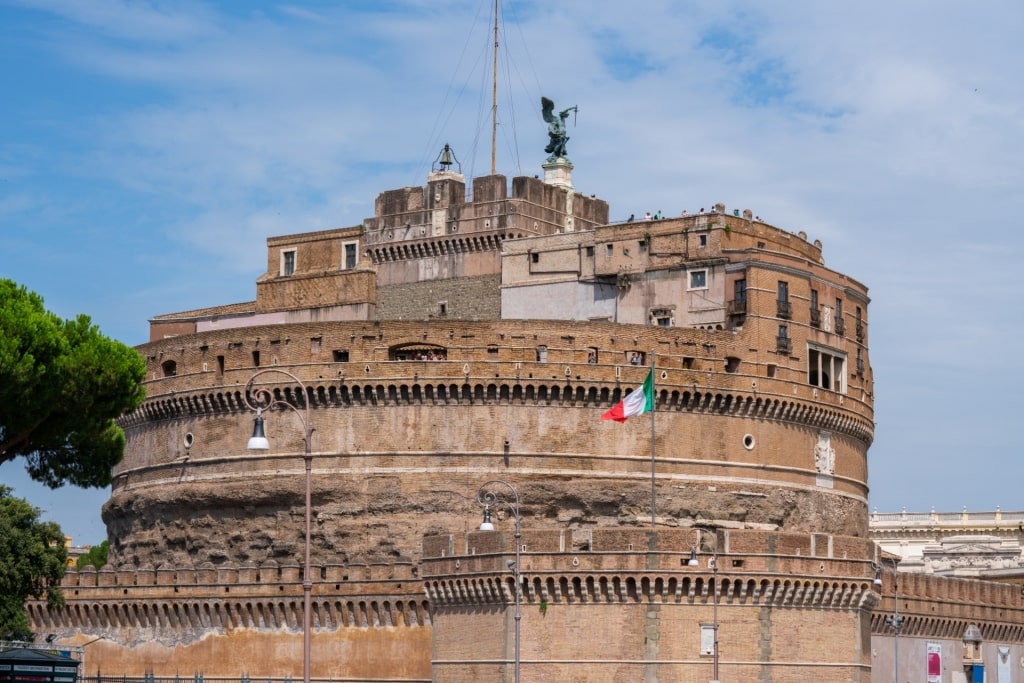
Castel D’Angelo Museum
During the modern era, the mausoleum was transformed into a museum. The tubular-shaped castle now contains a large collection of military armor and weaponry, and frescoes and sculptures.
You can wander around the castle’s five floors, then go and enjoy views of Rome from the terrace at the top of the structure. Whether you’re fascinated by martial history or you just want to soak in some awe-inspiring panoramas, the Castel D’Angelo Museum is definitely worth checking out.
Villa dei Quintili
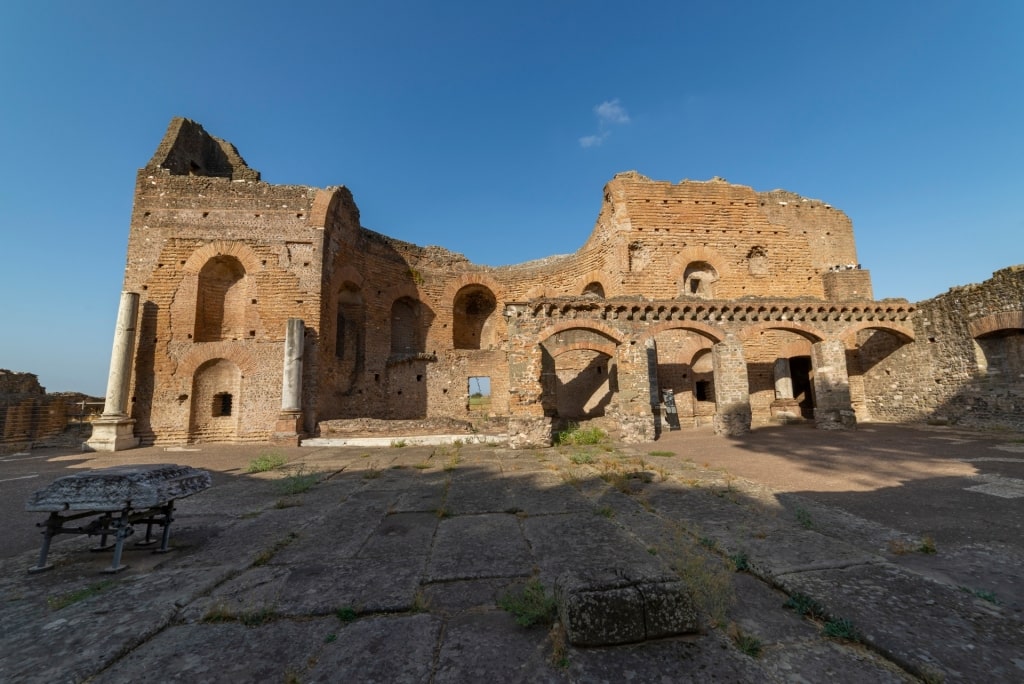
Villa dei Quintili
If you’d like to visit an archaeological site along the border of ancient Rome’s traditional city limits, the Villa dei Quintili, surrounded by green fields, should meet your needs.
This villa once served as the luxurious abode of two wealthy brothers, the Quintili siblings. Located on the ancient Appian Way, it’s one of the best places to explore Rome off the beaten path.
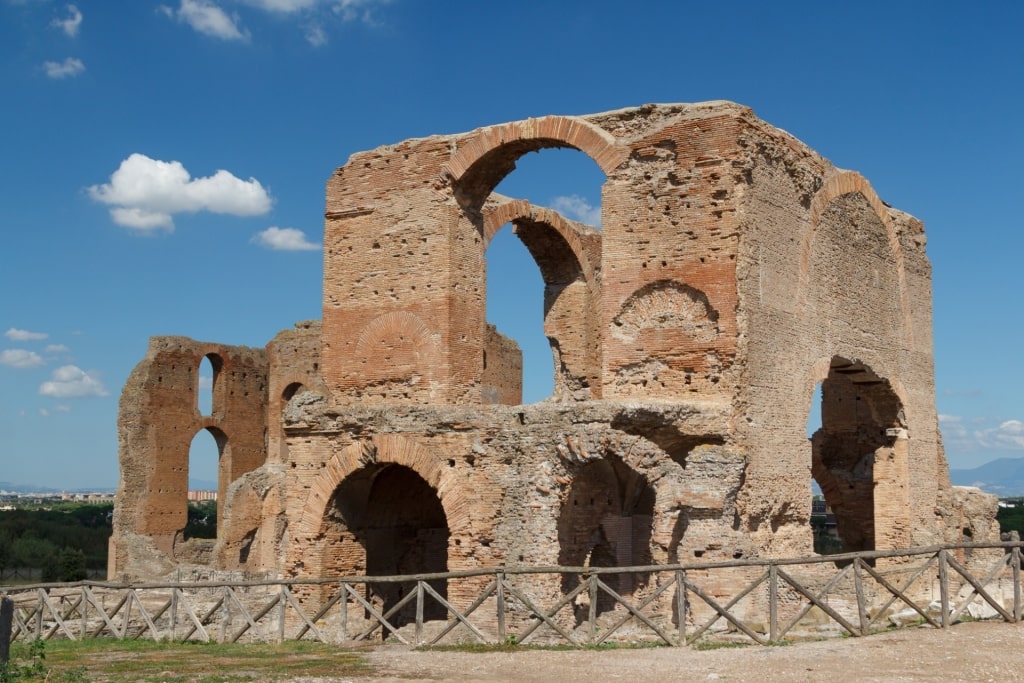
Villa dei Quintili
The brothers served as consuls during the 2nd century AD. Unfortunately for them, Emperor Commodus fell in love with the villa and had the brothers executed for plotting against him—which also conveniently meant that he could take possession of the serene (except for the brutal murders) Quintili complex.
Today, you can explore the villa’s ruins, including the impressive baths, dining hall, and private apartments. You’ll also come across a modest museum that features friezes and sculptures from the local excavation sites.
Scuderie del Quirinale
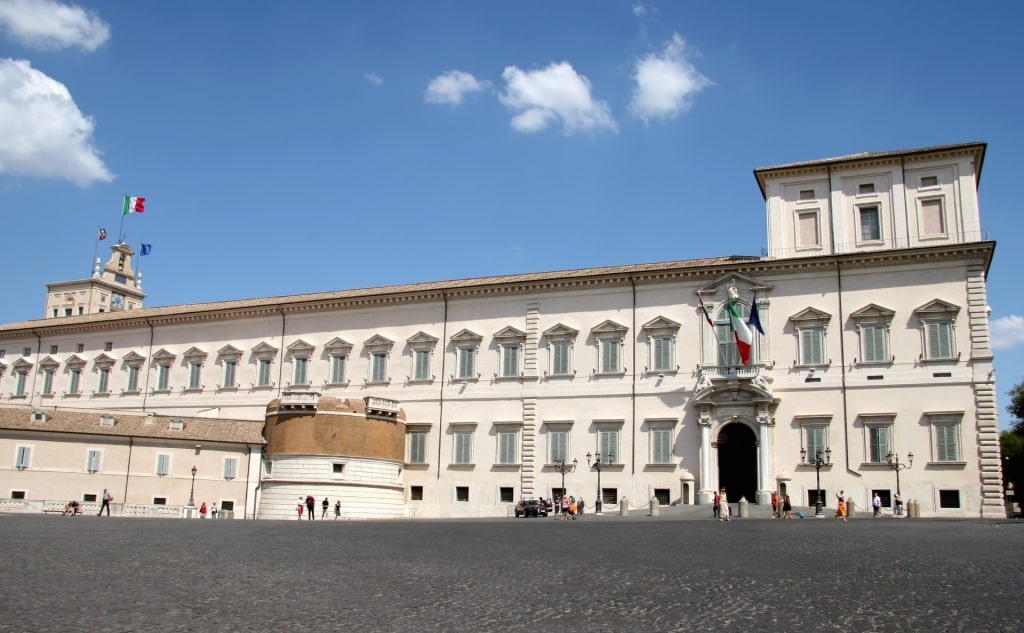
Scuderie del Quirinale
If you’ve been to Rome before, or you’re simply looking for an art-themed destination that hosts a variety of temporary exhibitions focused on classical and contemporary art, look no further than the Scuderie del Quirinale.
Housed in a grand edifice that formerly served as the stables for the pope’s horses, this museum boasts a superb collection of Italian and international artists. Inside, you can gaze upon works by everyone from Bernini and Caravaggio to Picasso, along with sculptures, and decorative arts.
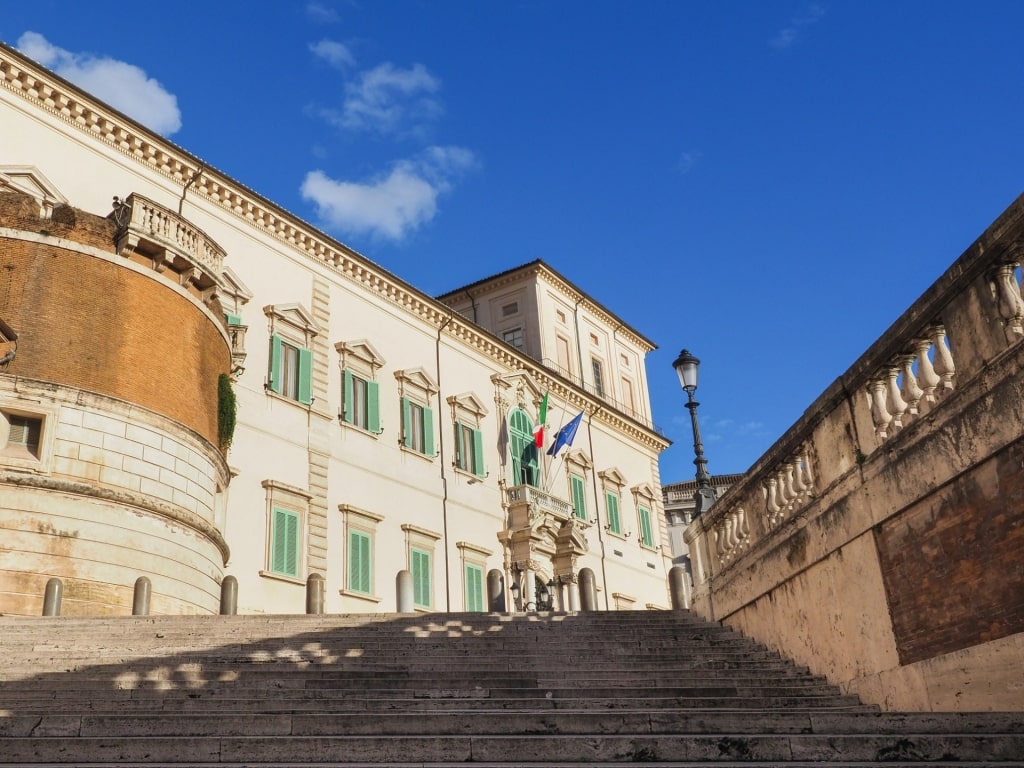
Scuderie del Quirinale
The building itself is also a lovely work of art, with beautiful vaulted ceilings and flowing staircases, reminiscent of a time when the creative design aesthetic reigned supreme in Rome, the “Eternal City.”
Galleria Nazionale d’Arte Moderna
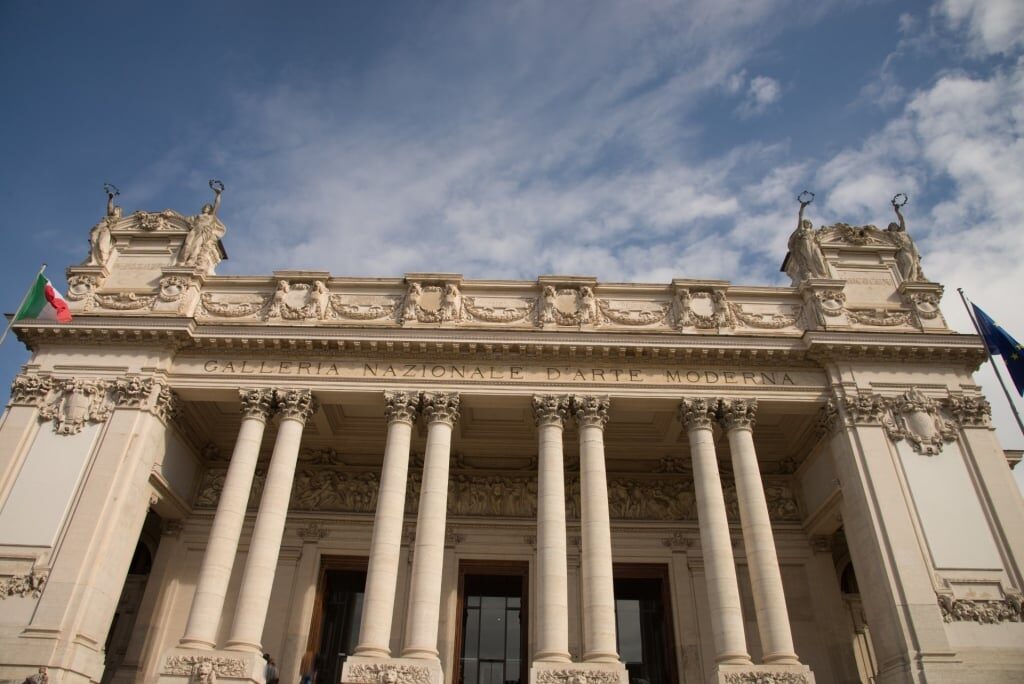
Galleria Nazionale d’Arte Moderna
The National Gallery of Modern and Contemporary Art (GNAM) serves up a wide-ranging collection of Italian art, including installations, drawings, paintings, and more, from the 19th and 20th centuries.
Inside, you’ll find works by Giacomo Balla, a lover of Futurism, Umberto Boccioni, and Giorgio de Chirico, just to mention a few distinguished names.
The museum also contains art by foreign artists, like Paul Cézanne, and Jackson Pollock.
Archaeological Museum of Ostia Antica
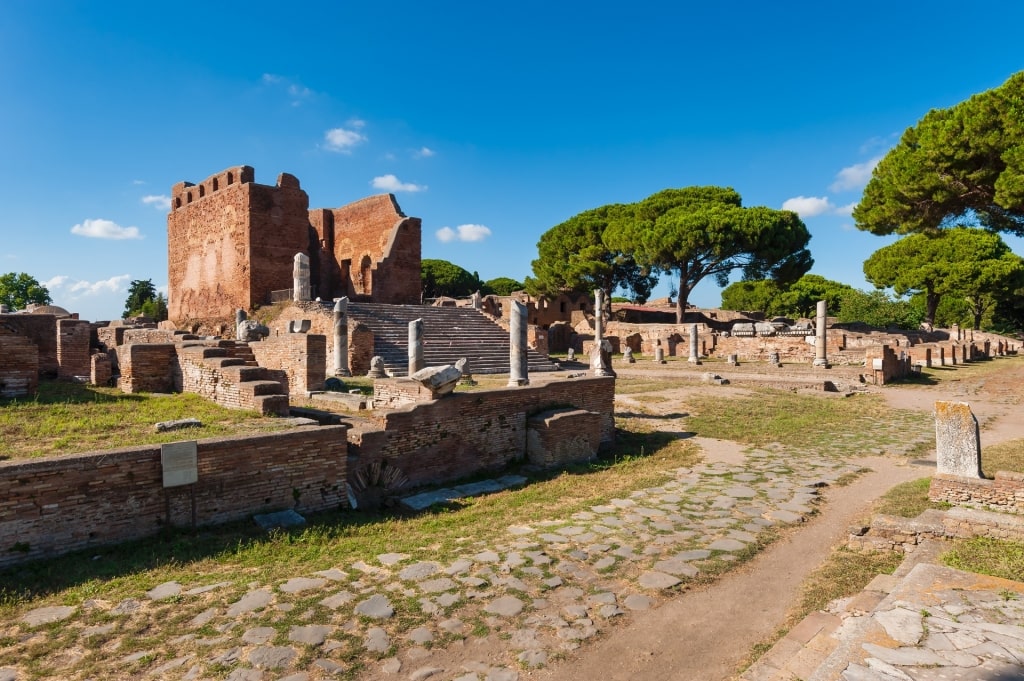
Archaeological Museum of Ostia Antica
While looking into the best museums in Rome, keep in mind that you’ll find plenty of wonderful sites nearby as well, including the Archaeological Museum of Ostia Antica, in the ancient city of Ostia Antica, not far from the city.
The Museo Archeologico Ostiense is a destination for enthusiasts of Roman history and archaeology. A visit to this enormous site along the Tyrrhenian Sea will let you immerse yourself in the region’s long and vibrant history.
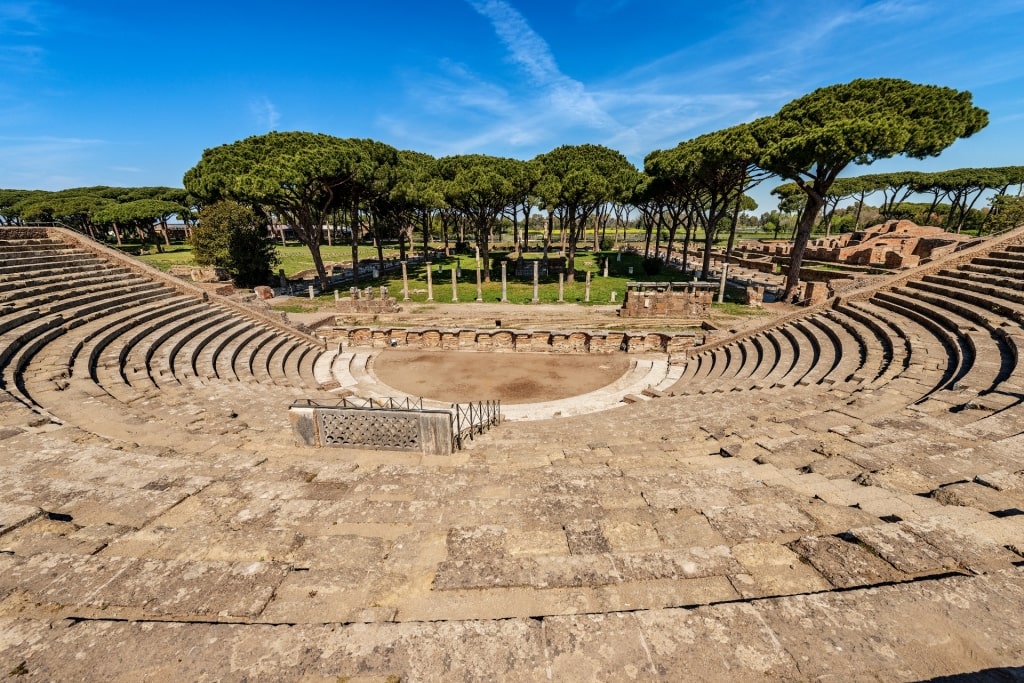
Archaeological Museum of Ostia Antica
This open-air archaeological park contains the preserved ruins of a once-thriving harbor town, complete with an ancient theater, temples, frescoes, marble sculptures, and other finds unearthed by the diligent archaeologists working here. If you have the time, don’t pass on the chance to see what ancient Ostia Antica is all about.
Read: Shopping in Rome: The Ultimate Guide
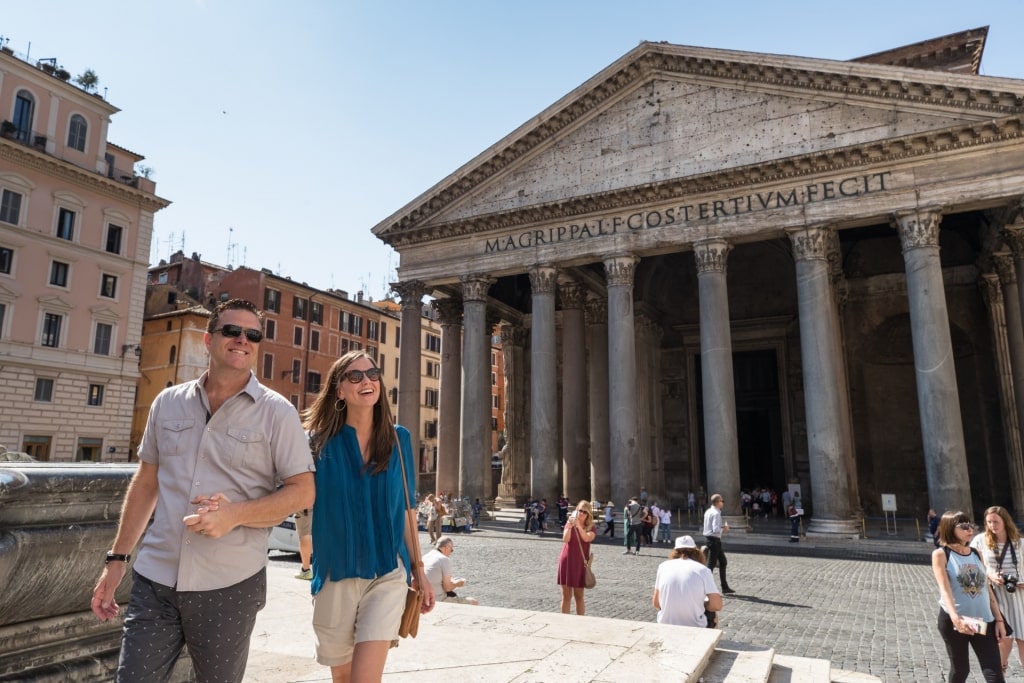
The Pantheon
You can explore some of Rome’s wonderful museums yourself. Browse Celebrity’s exciting Rome cruises and plan your next adventure.
